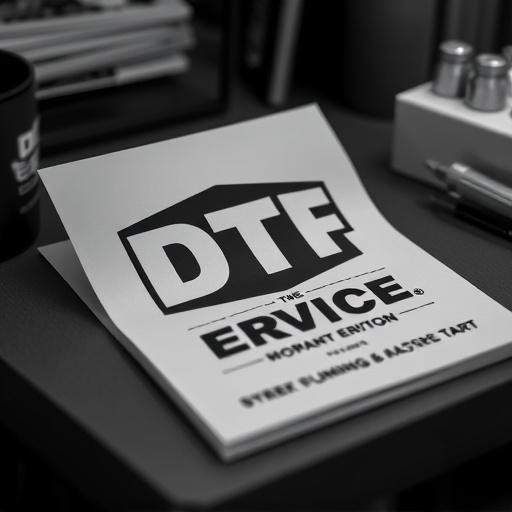Define clear marketing materials design objectives aligned with your strategy for maximum impact. Use user testing and data analysis to gather consumer feedback and behavior insights. Iterate and refine designs based on performance data, staying ahead of trends in audience preferences. Implement A/B testing for optimal results, ensuring adaptable, effective marketing materials design.
Testing and optimizing marketing materials design is vital for engaging audiences and driving conversions. To elevate your marketing strategies, this guide explores a structured approach. Firstly, define clear objectives tailored to your target audience and campaign goals. Next, employ user testing and data analysis techniques to gather valuable insights. Finally, iterate and refine your designs based on performance metrics, ensuring continuous improvement in your marketing materials design.
- Define Clear Objectives for Marketing Materials Design Testing
- Implement User Testing and Data Analysis Techniques
- Iterate and Refine Based on Performance Insights
Define Clear Objectives for Marketing Materials Design Testing

When testing marketing materials design performance, defining clear objectives is paramount. Start by pinpointing specific goals aligned with your overall marketing strategy. For instance, if your focus is on boosting brand awareness for a new car customization service, your objectives could include increasing engagement rates on social media posts featuring avant-garde automotive detailing designs or measuring the conversion rate of promotional materials showcasing vinyl wraps.
These objectives will guide your testing process, helping you assess whether your marketing materials design effectively communicates key messages and drives desired actions, such as website visits or purchases, among your target audience. This strategic approach ensures that every element of your design—from color schemes to typography and imagery—serves a purpose in converting viewers into customers, much like how each detail in automotive customization enhances the car’s overall aesthetic appeal and functionality.
Implement User Testing and Data Analysis Techniques

Implementing user testing is a powerful strategy to enhance marketing materials design effectiveness. By gathering real users and observing their interactions with your designs, you gain valuable insights into what resonates and what doesn’t. This iterative process allows for continuous improvement as you refine your marketing materials based on direct feedback from your target audience.
Data analysis techniques complement user testing by providing quantitative data that supports or challenges qualitative findings. Analyzing metrics such as click-through rates, conversion rates, and time spent on pages offers a deeper understanding of consumer behavior. Integrating these insights with the feedback from user testing enables you to make data-driven decisions in designing marketing materials that not only attract but also convert, ensuring your car customization or vehicle protection messages effectively reach and engage potential customers, even those seeking professional PPF installation services.
Iterate and Refine Based on Performance Insights

Once you’ve gathered data and analyzed the performance of your marketing materials design, it’s time to iterate and refine your approach based on these valuable insights. The design landscape is ever-evolving, and staying ahead requires adaptability. By understanding what resonates with your audience, you can make informed decisions to enhance your future campaigns. For instance, if a particular color scheme or layout achieved higher engagement, incorporate these elements into future designs to maintain visual consistency while keeping the content fresh and appealing.
Regularly testing different variations of your marketing materials allows you to pinpoint effective strategies. Consider A/B testing, where you compare two versions of a design to see which performs better. This method is especially useful when exploring new concepts or adapting to changing market trends, such as incorporating enhanced uv protection features in brochures for outdoor campaigns or adding scratch protection layers to digital banners to ensure longevity and maintain the aesthetic appeal of your automotive detailing promotions.
By defining clear objectives, implementing user testing with data analysis techniques, and iterating based on performance insights, you can significantly improve the effectiveness of your marketing materials design. These steps ensure that your designs resonate with your target audience, driving better engagement and conversions. Continuously refining your approach allows for a dynamic and optimized marketing strategy, ultimately enhancing your brand’s impact in the competitive market landscape.














